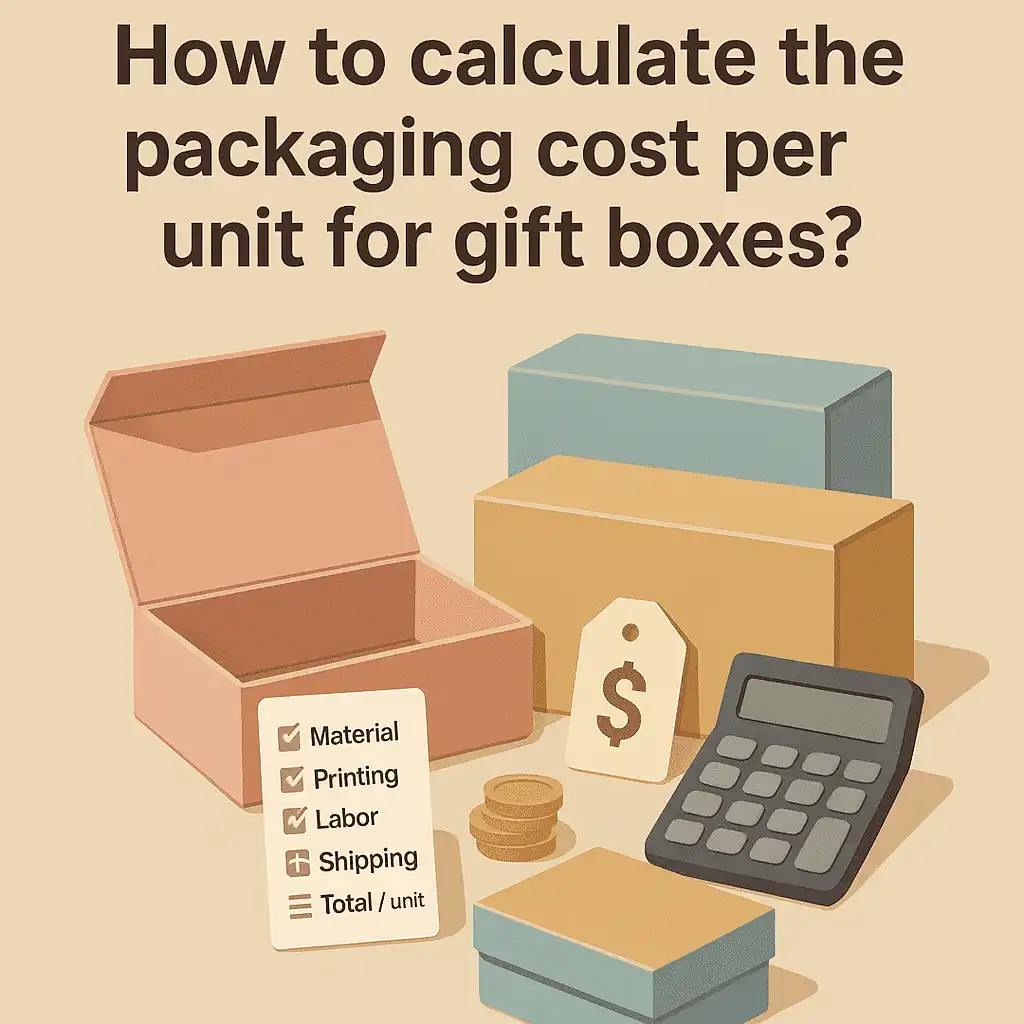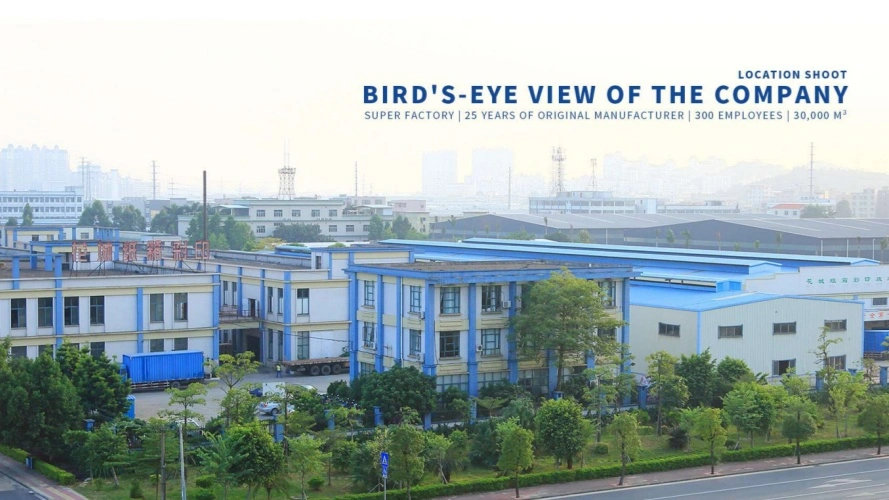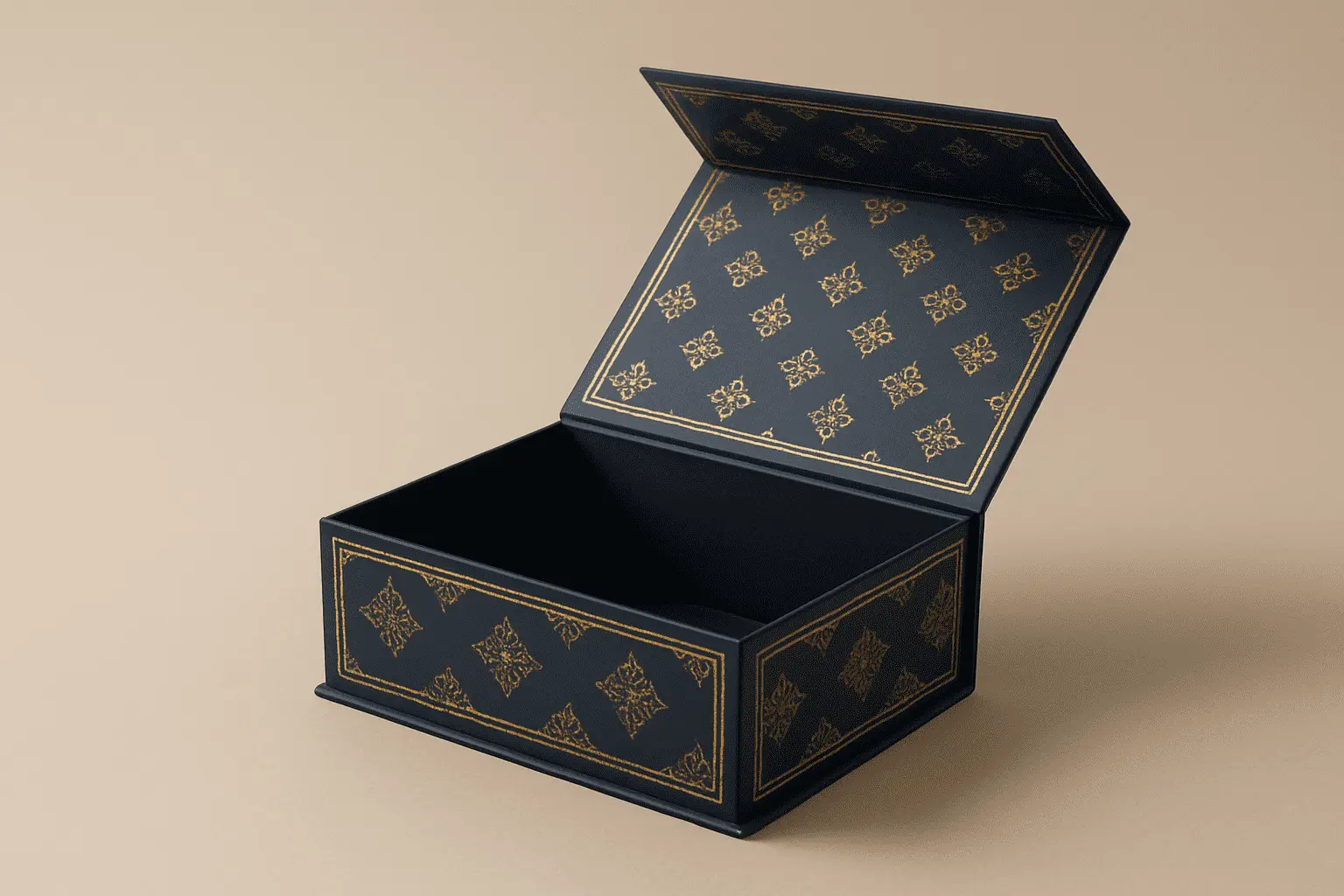Calculating packaging cost per unit for gift boxes requires understanding material costs, production expenses, customization fees, and shipping charges. The formula involves dividing total project costs by order quantity, accounting for material type (SBS, CCNB, kraft), printing complexity, finishing options, and waste rates. For cardboard gift box projects, procurement professionals must factor in substrate quality, structural design, surface treatments like UV coating or foil stamping, and volume discounts. Understanding these variables enables accurate budget forecasting and supplier negotiations while maintaining quality standards.

Understanding Packaging Cost Calculation for Gift Boxes
Accurately calculating packaging cost per unit for premium gift packaging involves understanding multiple cost components that directly impact your procurement budget. Material expenses typically represent 40-50% of total costs, while labor, printing, and finishing processes contribute additional layers to the final calculation. Manufacturing overhead, equipment depreciation, and quality control procedures add complexity to cost structures that procurement professionals must navigate. B2B procurement teams encounter challenges when suppliers provide incomplete quotes or fail to disclose hidden expenses such as die-cutting fees, setup costs, or minimum order requirements. Material quality variations between different substrate options create pricing disparities that affect both cost and brand perception. Understanding these fundamentals helps procurement managers develop realistic budgets and establish productive supplier relationships. Design complexity significantly influences production costs through specialized equipment requirements and extended processing times. Custom structural modifications, intricate die-cutting patterns, and multi-color printing applications increase labor expenses while demanding higher material specifications. Recognizing these cost drivers enables better project planning and vendor selection strategies.
Key Factors Influencing the Packaging Cost per Unit of Cardboard Gift Boxes
Material selection represents the primary cost variable in gift box manufacturing, with substrate options ranging from economical CCNB to premium SBS grades. Each material type delivers distinct performance characteristics that affect both manufacturing costs and end-user experience. Understanding material properties helps procurement teams balance cost objectives with quality requirements.
Here are the primary cost factors affecting packaging expenses:
- Substrate Choice: SBS C1S and C2S offer superior print quality and structural integrity but command premium pricing compared to CCNB options. Grey chipboard provides cost-effective rigidity for structural applications, while metallic substrates elevate visual appeal with corresponding cost increases.
- Production Volume: Large quantity orders unlock volume discounts through improved material utilization and reduced setup costs per unit. Minimum order quantities typically range from 1,000 to 5,000 pieces depending on complexity and customization requirements.
- Customization Level: Standard box styles require minimal tooling investment, while unique structural designs demand custom die creation and extended development timelines. Complex folding mechanisms and assembly requirements increase labor costs and production complexity.
These factors interact dynamically to create pricing scenarios that vary significantly between projects. Procurement professionals must evaluate trade-offs between cost, quality, and delivery requirements when making material and design decisions. Finishing options such as UV coating, hot foil stamping, embossing, and lamination enhance visual appeal while adding production steps and material costs. Premium finishing techniques like holographic foil stamping or combination treatments create luxury aesthetics that justify higher price points for brand-conscious applications.
Step-by-Step Method to Calculate Packaging Cost per Unit for Gift Boxes
Developing accurate cost calculations requires systematic analysis of all expense categories affecting your packaging project. Begin by collecting detailed specifications including dimensions, material requirements, printing complexity, and finishing preferences. Request itemized quotes from multiple suppliers to establish baseline pricing and identify cost variations between manufacturers.
Follow this structured calculation approach:
- Material Costs: Calculate substrate expenses based on sheet size, thickness, and waste allowances. Include costs for printing inks, coatings, adhesives, and any specialty materials required for finishing processes.
- Production Expenses: Factor in printing charges, die-cutting fees, assembly labor, and quality control procedures. Include setup costs distributed across order quantity and machine time requirements for each production step.
- Overhead Allocation: Account for facility costs, equipment depreciation, and administrative expenses that suppliers incorporate into pricing structures. These typically represent 15-25% of direct production costs.
- Shipping and Logistics: Include packaging materials, freight charges, and delivery requirements. Consider dimensional weight calculations for lightweight but bulky gift box shipments.
Calculate the final per-unit cost by dividing total project expenses by order quantity, then adding 5-10% contingency for waste and quality issues. This approach provides realistic cost projections that account for typical production variables and market fluctuations. Document all assumptions and variables used in calculations to facilitate future project comparisons and supplier negotiations. Maintaining detailed cost breakdowns enables better decision-making and helps identify optimization opportunities for subsequent orders.
How to Optimize Packaging Costs Without Compromising Quality?
Cost optimization strategies focus on maximizing value through intelligent material selection, efficient design choices, and strategic supplier partnerships. Balancing cost reduction with quality maintenance requires understanding how different optimization approaches affect final product performance and brand perception. Strategic material selection offers substantial savings opportunities without sacrificing functionality. CCNB substrates provide excellent print quality at lower costs compared to SBS options, making them ideal for applications where premium substrate characteristics aren't essential. Brown kraft materials deliver authentic aesthetics while supporting sustainability goals and cost efficiency objectives. Design optimization reduces material waste and manufacturing complexity through standardized dimensions and simplified assembly processes. Utilizing common die patterns and avoiding complex structural modifications minimizes tooling costs and production setup requirements. Streamlined designs often enhance functionality while reducing manufacturing expenses. Volume consolidation strategies enable procurement teams to leverage larger order quantities for better pricing while managing inventory efficiently. Coordinating packaging requirements across product lines or planning seasonal demand helps achieve volume thresholds that unlock significant discounts. Our collapsible rigid box technology demonstrates innovative cost optimization without quality compromise. Available in three patented sizes—Large (100-150mm height), Medium (50-100mm height), and Tiny (20-50mm height)—these solutions reduce shipping and storage costs by over 60% compared to traditional rigid boxes while maintaining premium aesthetics and functionality.
Choosing the Right Supplier and Packaging Service for Your Business Needs
Supplier selection profoundly influences cost control, quality consistency, and supply chain efficiency throughout your packaging program. Evaluating manufacturers requires comprehensive assessment of capabilities, certifications, production capacity, and service quality to ensure alignment with procurement objectives. Manufacturing certifications provide essential quality assurance and compliance verification for regulated industries. ISO9001-2015 Quality Management Systems demonstrate standardized processes and continuous improvement commitment. Environmental certifications like ISO14001-2015 and FSC validate sustainability practices that support corporate responsibility initiatives. Production capabilities assessment should include equipment sophistication, capacity limits, and technical expertise available for complex projects. Advanced machinery such as KBA106 UV printing systems and Heidelberg XL162-6L presses deliver superior print quality and production efficiency that translate into better value propositions for demanding applications. FetchingPrinting exemplifies comprehensive manufacturing capabilities through 20+ years of industry experience, 300+ skilled employees, and 35,000m² production facilities. Our advanced equipment portfolio includes automated visual positioning production lines that ensure consistent quality while minimizing production timelines. This infrastructure enables efficient handling of complex projects from initial consultation through final delivery. Geographic considerations affect shipping costs, lead times, and communication efficiency. Domestic suppliers offer shorter delivery windows and simplified logistics but may command premium pricing. International manufacturers provide cost advantages for large volumes while requiring longer planning horizons and more complex supply chain management.
Frequently Asked Questions
Q1: What percentage of total packaging costs should material expenses represent?
A: Material costs typically account for 40-50% of total packaging expenses, with variations depending on substrate choice, order volume, and customization requirements. Premium materials like SBS C2S may represent higher percentages, while CCNB options reduce material cost ratios.
Q2: How do minimum order quantities affect per-unit pricing for custom gift boxes?
A: Minimum order quantities directly impact per-unit costs through setup cost distribution and material utilization efficiency. Orders below 1,000 pieces often carry premium pricing, while quantities exceeding 5,000 units typically unlock significant volume discounts ranging from 15-30%.
Q3: What hidden costs should procurement teams anticipate in packaging projects?
A: Common hidden expenses include die-cutting setup fees ($200-800), design consultation charges, sample production costs, expedited delivery premiums, and waste allowances (5-10% of material costs). Quality inspection fees and packaging materials for shipment add additional expense layers.
Partner with FetchingPrinting for Cost-Effective Cardboard Gift Box Solutions
Transform your packaging procurement strategy with FetchingPrinting's comprehensive cardboard gift box manufacturing expertise. Our patented collapsible rigid box technology delivers exceptional cost savings while maintaining premium quality standards that enhance your brand presentation. With over 1,000 satisfied clients and ISO-certified quality systems, we understand the complex cost dynamics affecting B2B procurement decisions.
Our experienced packaging engineers provide detailed cost analysis and optimization recommendations tailored to your specific requirements. From material selection through production planning, we ensure transparent pricing and reliable delivery performance that supports your procurement objectives. Advanced manufacturing capabilities including automated production lines and G7 color management deliver consistent quality while minimizing cost variability.
Experience the advantages of working with a trusted cardboard gift box supplier committed to your success. Our comprehensive service portfolio includes design consultation, rapid prototyping, and flexible production scheduling that accommodates changing market demands. Contact us at public@fetchingprinting.com to discuss your packaging requirements and receive detailed cost analysis for your next project.
Discover how our innovative packaging solutions can optimize your procurement budget while elevating product presentation standards. Let's develop a customized approach that balances cost efficiency with quality excellence for your packaging program.


